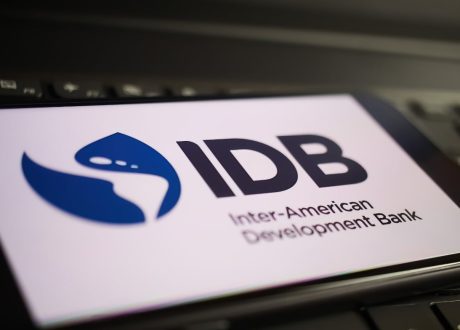
Egypt witnesses launch of two COP29 initiatives on sustainable energy, green skills
Egypt’s Minister Rania Mashat has witnessed the launch of two international initiatives on sustainable energy ...

The Oxford Business Group (OBG) highlighted that the move of the UAE, Saudi Arabia and Bahrain to achieve net-zero carbon emissions.
The OBG’s Middle East: Year in Review 2021 said despite the region being home to some of the world’s largest hydrocarbons-exporting countries, a number of markets in the Middle East have sought to capitalize on the shift towards renewable energy throughout 2021.
To reach its target, the UAE aims to increase renewables’ contribution to its energy mix from the current level of 13% to 31% by 2025.
Throughout 2021 the country continued to make progress on the Al Dhafra Solar Plant. Once it is completed later this year, it will become the largest single-site solar plant in the world, capable of providing enough electricity for 160,000 homes and mitigating 2.4m tons of carbon emissions annually.
To further help meet its targets, the country has also invested in carbon capture and storage (CSS) technology, which works by capturing and then storing carbon emissions from major industrial projects before they are released into the atmosphere.
Although the technology is still very much in a nascent stage and does not yet exist at scale, the UAE is taking a leading role in its development, alongside Qatar and Saudi Arabia.
In addition to the country’s first CSS project, a facility which processes the emissions from a steel factory in Mussafah, Abu Dhabi, the Abu Dhabi National Oil Company recently signed a memorandum of understanding with French energy major Total to jointly explore the development of CSS technology.
This has been complemented by the development of green hydrogen. Created by splitting water through a process called electrolysis, it is considered the most environmentally friendly fuel for the future.
A global leader in this field, the UAE is developing seven hydrogen projects, and aims to capture 25% of global demand by 2030.
Meanwhile, in Saudi Arabia April saw the launch of the 300-MW Sakaka solar power plant, the country’s first utility-scale renewables project. This was followed in August by the announcement that Saudi energy company ACWA Power had finalized financing for the 1.5-GW Sudair Solar Plant, slated to be one of the world’s largest upon completion.
This forms part of the country’s plans to invest some SR380bn ($101bn) in renewable energy projects by 2030.
The measures reflect a broader trend in the Middle East towards low-carbon energy solutions.
Egypt’s Minister Rania Mashat has witnessed the launch of two international initiatives on sustainable energy ...
The Inter-American Development Bank (IDB) and the C40 Cities Climate Leadership Group (C40) signed an ...
Minister of Planning and International Cooperation Rania Mashat called for an increase in annual investments ...


اترك تعليقا